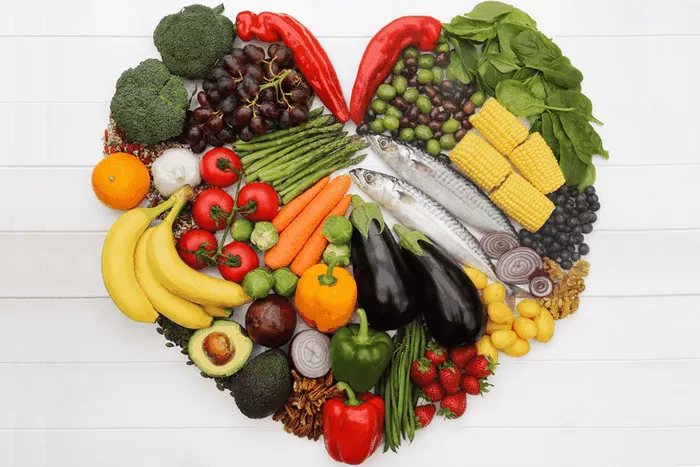Hypertension, commonly known as high blood pressure, is a significant health concern affecting millions of people worldwide. It is a leading risk factor for heart disease, stroke, and other cardiovascular problems. While medication is often prescribed to manage high blood pressure, dietary changes can also play a crucial role. Among these dietary changes, the inclusion of specific vegetables has been shown to have a positive impact on reducing blood pressure. In this article, we will explore which vegetables are particularly effective in lowering blood pressure and why they are beneficial.
Blood pressure is the force of blood pushing against the walls of arteries as the heart pumps blood. It is measured in millimeters of mercury (mm Hg) and typically expressed as two numbers:
Systolic Pressure: The top number represents the pressure in the arteries when the heart beats.
Diastolic Pressure: The bottom number represents the pressure in the arteries when the heart is at rest between beats.
Healthy blood pressure is generally considered to be below 120/80 mm Hg. Readings consistently above this range may indicate hypertension, which can increase the risk of heart disease, stroke, and kidney disease over time.
see also: Several Causes of Hypotension You May Not Know
The Role of Vegetables in Blood Pressure Management
A diet rich in fruits, vegetables, whole grains, and lean proteins is often recommended for maintaining overall health and managing conditions like high blood pressure. Vegetables, in particular, are nutrient-dense foods that offer a wide range of vitamins, minerals, antioxidants, and dietary fiber. These components contribute to their ability to support heart health and lower blood pressure.
Top Vegetables for Lowering Blood Pressure
Leafy Greens
Spinach: This leafy green is packed with potassium, magnesium, and folate, all of which are beneficial for blood pressure management. Potassium helps balance sodium levels in the body, which is crucial for maintaining healthy blood pressure.
Kale: Another powerhouse vegetable, kale is rich in antioxidants like vitamin C and beta-carotene. It also contains potassium, calcium, and magnesium, all of which contribute to cardiovascular health.
Beets
Beets are a unique vegetable known for their high nitrate content. Nitrates are converted into nitric oxide in the body, which helps relax blood vessels and improve blood flow. This vasodilation effect can lead to lower blood pressure levels.
Carrots
Carrots are an excellent source of potassium and vitamin C, both of which play roles in blood pressure regulation.
Additionally, the fiber content in carrots supports digestive health, which can indirectly contribute to overall cardiovascular well-being.
Broccoli
Broccoli is rich in antioxidants, including vitamin C, beta-carotene, and sulforaphane. These compounds have anti-inflammatory properties and may help improve blood pressure levels over time.
Garlic
While technically a bulb rather than a vegetable, garlic is often used in culinary dishes and has been associated with numerous health benefits, including blood pressure reduction. Garlic contains allicin, a compound that may help relax blood vessels and improve circulation.
Tomatoes
Tomatoes are rich in lycopene, a powerful antioxidant that has been linked to lower blood pressure levels. Consuming tomatoes, whether fresh or cooked, can contribute to a heart-healthy diet.
Bell Peppers
Bell peppers, particularly red bell peppers, are high in vitamin C and antioxidants. They also contain potassium, which supports blood pressure management by counteracting the effects of sodium in the body.
see also: what is hld hyperlipidemia
Incorporating Vegetables Into Your Diet
To reap the blood pressure-lowering benefits of these vegetables, it’s essential to include them in your regular diet. Here are some tips for incorporating more vegetables into your meals:
Salads: Create colorful salads using a variety of leafy greens, carrots, bell peppers, and tomatoes. Add a sprinkle of nuts or seeds for added texture and nutrients.
Smoothies: Blend spinach, kale, beets, and other vegetables with fruits like berries or bananas for a refreshing and nutritious smoothie.
Stir-Fries: Incorporate broccoli, bell peppers, carrots, and garlic into stir-fry dishes with lean protein sources like chicken or tofu.
Roasted Vegetables: Roast beets, carrots, and bell peppers in the oven with a drizzle of olive oil and your favorite herbs for a flavorful side dish.
Conclution
By making these vegetables a regular part of your diet, you can contribute to better blood pressure management and overall heart health. However, it’s essential to complement dietary changes with other healthy lifestyle habits, such as regular exercise, stress management, and avoiding excessive alcohol and tobacco use, for comprehensive cardiovascular wellness.
Always consult with a healthcare professional for personalized advice and guidance on managing your blood pressure.

